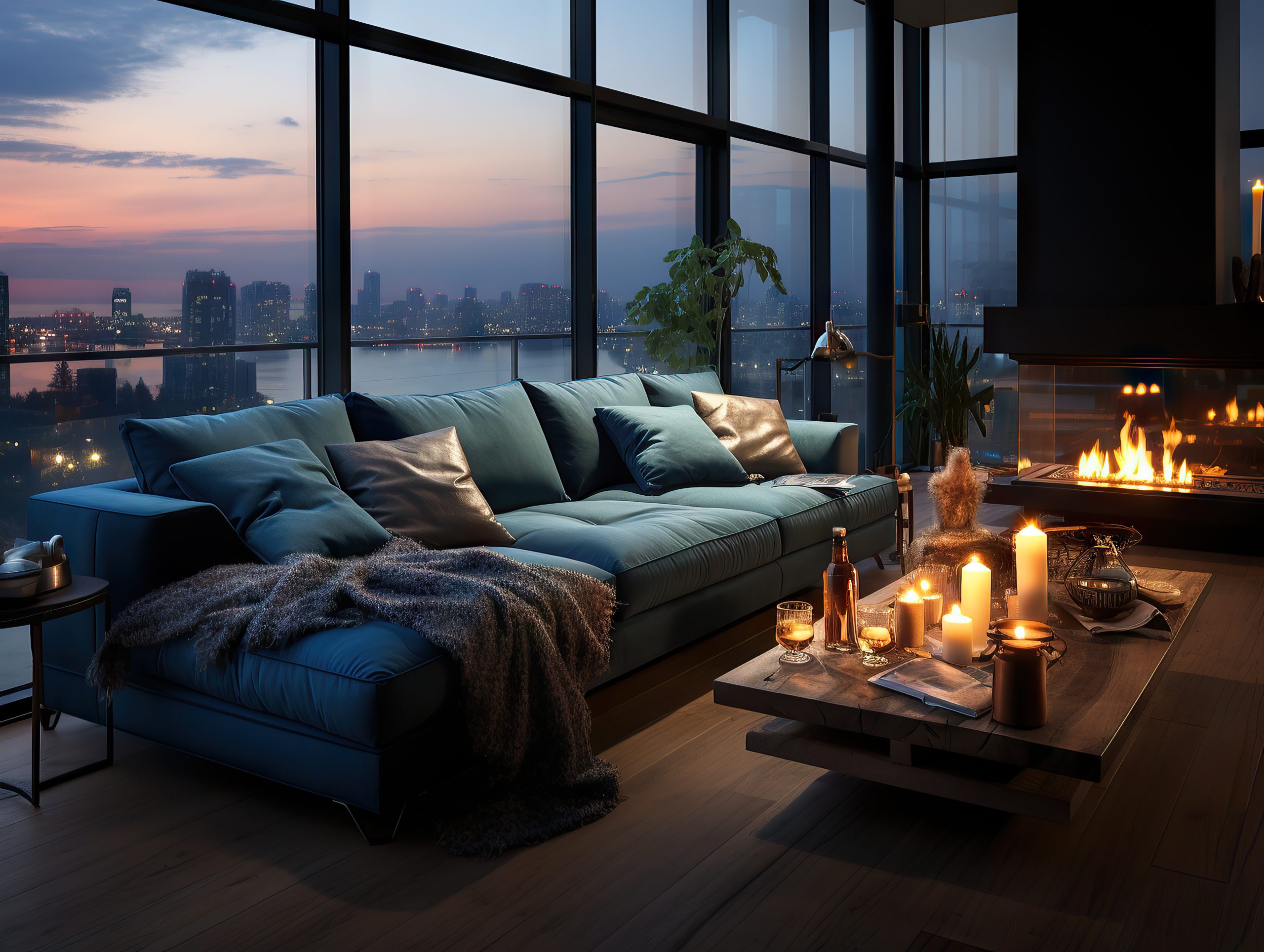
In today’s competitive real estate market, grabbing a potential buyer’s attention goes beyond traditional listings, static images, and even high-definition videos. As properties become more luxurious and expectations rise, the demand for immersive, multi-dimensional experiences has increased. Multi-sensory real estate marketing is changing, and the future points towards engaging multiple senses, such as sight, sound, touch, and even smell, to create emotional connections that influence decision-making.
As a leading creative agency in real estate marketing, with skills in 3D visualization, brochure design, and complete property branding, we see this as a natural evolution. Top MarTech agencies in India are adopting multi-sensory strategies to make sure properties are not just seen but felt.
For decades, visual storytelling has been central to real estate marketing. High-quality photography and carefully designed brochures have been the main tools for showcasing spaces. Then came 3D visualization, which changed static images into dynamic, immersive experiences. Now, prospective buyers can virtually walk through properties, exploring every detail before visiting in person.
However, even the most detailed visual experiences only tell part of the story. Human perception is multi-dimensional. While the eye sees design, the brain also responds to sounds, textures, and smells. Real estate experiences that include these senses create stronger emotional connections, making properties more memorable and attractive.
Sound is often an overlooked element in property marketing, but it can greatly enhance perception. Imagine a video tour of a lakeside villa with the gentle sound of water lapping or birds chirping in a landscaped garden. These ambient sounds create context, stir emotions, and help potential buyers imagine living in the space.
In commercial real estate, soundscapes can emphasize functionality and lifestyle. A shared office with the right mix of background activity and calm productivity signals can portray the perfect balance between collaboration and focus. By carefully integrating sound into virtual tours or promotional videos, real estate marketers can change a property from a visual asset into a genuine experience.
Tactile experiences have been important in luxury retail, but they are just starting to make an impact in real estate. Touch engages a deep psychological response, giving potential buyers confidence in the quality of materials and finishes. Creative brochure design can incorporate textures through embossed patterns, high-quality paper, or samples of actual materials. Meanwhile, show flats or model homes let visitors physically interact with surfaces, fixtures, and furniture.
Advanced technologies like haptic feedback in virtual reality are starting to digitally simulate tactile sensations, allowing remote buyers to ‘feel’ surfaces in high-end properties. While still developing, this touch integration suggests a new era in multi-sensory real estate marketing, where remote or overseas buyers can experience a property almost as closely as those visiting in person.
Smell is one of the most subtle yet powerful senses in influencing perception and decision-making. Fragrances can trigger memories, induce calm, or create a sense of luxury. In real estate, this can be applied in physical spaces and model homes to enhance appeal. Imagine entering a premium apartment with a signature scent of fresh linen or a clubhouse filled with the aroma of polished wood and blooming flowers. These small but intentional touches make properties unforgettable.
Even in digital marketing, scent is finding a role. New technologies for scent diffusion for virtual tours or events allow marketers to link online experiences with olfactory cues, connecting virtual and physical property showcases.
Multi-sensory real estate marketing is not just a trend; it is a strategic approach that connects with human psychology. Real estate purchases are emotional decisions. Buyers invest not only in property but in a lifestyle and experience. Engaging multiple senses helps create an immersive story, generating emotional connections that purely visual campaigns cannot match.
From a financial standpoint, multi-sensory strategies can increase engagement, shorten sales cycles, and even let developers charge higher prices. Properties remembered for their ambiance and atmosphere are far more likely to convert leads into sales.
For top MarTech agencies in India and beyond, integrating sound, touch, and smell can be approached both creatively and strategically:
By applying these strategies, real estate marketers can create experiences that resonate deeply with potential buyers, distinguishing properties in crowded markets.
As real estate marketing evolves, the most successful campaigns will be those that adopt a multi-sensory approach. Visuals will remain crucial, but adding sound, touch, and smell transforms marketing from merely presenting a property to creating a lived experience.
At Mayabious Art, we combine creativity, technology, and strategic insight to develop multi-sensory campaigns that change how properties are experienced. From immersive 3D visualization and creative brochure design to experiential marketing events, we help brands connect with buyers on every level.
The future of multi-sensory real estate marketing is not only about showcasing a property, it is about letting buyers feel it, hear it, and even smell it. Those who embrace this multi-sensory vision will lead the market, crafting experiences that stick in memory and result in successful sales.
Ultimately, real estate marketing now revolves around selling a lifestyle, an emotion, and an experience, and that future is multi-sensory.